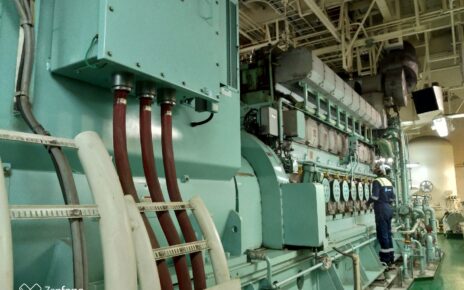Types of Charter Agreements: Time, Voyage, and Bareboat. In the intricate web of the maritime industry, charter agreements are the threads that connect shipowners and charterers, facilitating the movement of goods across the world’s oceans. These agreements come in various forms, each tailored to specific needs and circumstances. Among the most common types of charter agreements are time charters, voyage charters, and bareboat charters. In this article, we will delve into the details of these three fundamental charter types, exploring their characteristics, benefits, and when to use them.
Types of Charter Agreements: Time, Voyage, and Bareboat
1. Time Charter:
A time charter agreement is a widely employed arrangement in the maritime industry. In this type of charter, the shipowner leases their vessel to the charterer for a defined period, typically ranging from a few months to several years. During the charter period, the charterer gains operational control of the vessel, including selecting the ports of call and determining the cargoes to be transported.
Key Aspects of Time Charters:
– Operational Control: While the charterer assumes operational control, the shipowner retains ownership of the vessel. The shipowner provides and maintains the crew, and the charterer is responsible for covering the vessel’s operating expenses, including crew wages, fuel, and maintenance.
– Flexibility: Time charters offer flexibility to both parties. Charterers can adapt to changing market conditions and cargo requirements, while shipowners can secure steady revenue over the charter period.
– Revenue Structure: The charterer pays the shipowner a fixed daily rate, known as “hire,” for the vessel’s use. This rate is typically negotiated and agreed upon in advance. The charterer may also pay additional voyage-related expenses.
– Types of Cargo: Time charters are suitable for various types of cargo and are often used for transporting bulk commodities, such as coal, grains, and minerals, as well as containerized goods.
2. Voyage Charter
A voyage charter agreement, as the name suggests, is focused on a specific voyage or journey. In this arrangement, the shipowner provides the vessel to the charterer for a single voyage, from a designated port of loading to a port of discharge. Voyage charters are ideal for one-time cargo movements or irregular routes.
Key Aspects of Voyage Charters:
– Single Voyage: Unlike time charters, which cover an extended period, voyage charters are limited to a single voyage. Once the cargo is delivered, the charter agreement is completed.
– Freight Charges: The charterer pays freight charges based on the cargo’s weight or volume and the distance traveled. The shipowner remains responsible for all operating costs.
– Flexibility: Voyage charters offer flexibility to charterers, allowing them to choose specific vessels and routes for each voyage based on market conditions and cargo requirements.
– Cargo Variety: Voyage charters are commonly used for transporting a wide range of cargo, from raw materials to finished goods. They are particularly useful for cargo with specific loading and discharge locations.
3. Bareboat Charter (Demise Charter)
A bareboat charter, also known as a demise charter, represents a unique arrangement in which the charterer gains complete control and responsibility for the vessel. In this type of charter, the shipowner effectively transfers ownership to the charterer for the duration of the agreement.
Key Aspects of Bareboat Charters:
– Full Control: The charterer assumes full operational control of the vessel, including crewing, maintenance, and navigation. The shipowner is no longer involved in the vessel’s day-to-day operations.
– Ownership Transfer: During the charter period, the vessel is treated as if it were owned by the charterer. This includes registering the vessel under the charterer’s flag.
– Purchase Option: Bareboat charter agreements often include an option for the charterer to purchase the vessel at the end of the charter period. This option provides a clear path to ownership for the charterer.
– Specialized Use: Bareboat charters are common for specialized vessels, such as offshore platforms, drilling rigs, and research vessels.
Choosing the Right Charter Type:
Selecting the appropriate charter type depends on several factors, including the nature of the cargo, the duration of the transportation need, and the desired level of control. Time charters provide flexibility and steady revenue, voyage charters are ideal for one-time shipments, and bareboat charters offer full control and potential ownership.
In the dynamic world of maritime commerce, understanding these charter agreements is crucial for shipowners, charterers, and maritime professionals to make informed decisions that align with their specific goals and operational requirements. Each charter type serves a unique purpose, contributing to the intricate tapestry of global trade and logistics.



